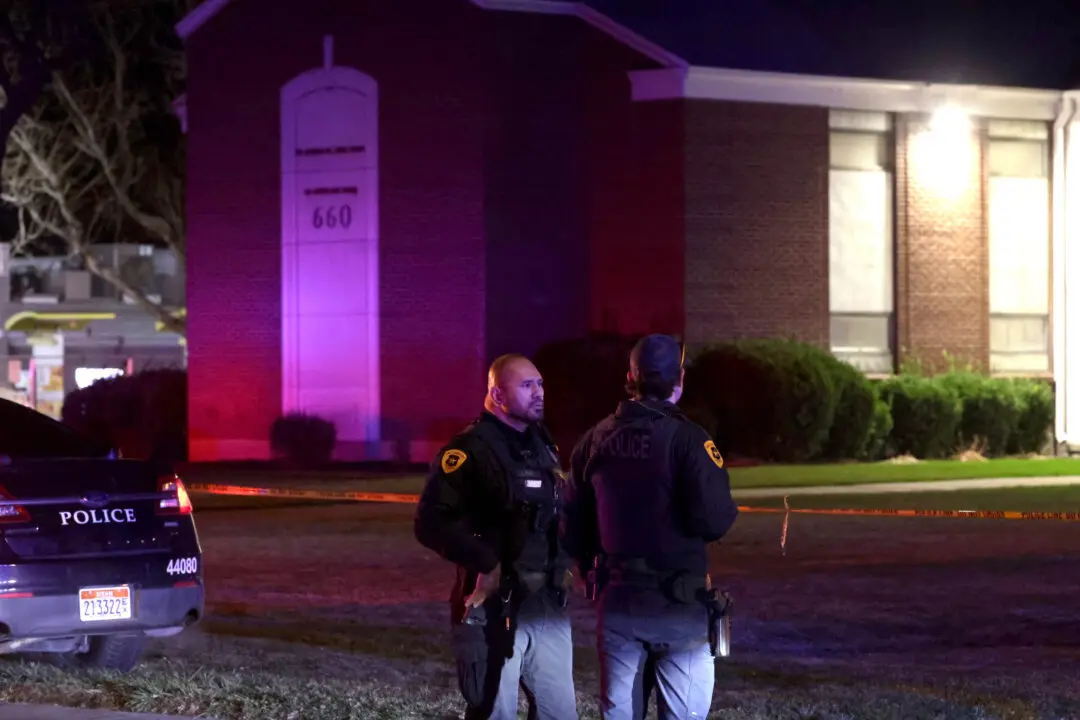WASHINGTON—Justice Antonin Scalia’s sudden death a month before his 80th birthday and the potential impasse over replacing him is giving new impetus to an old idea: Limiting the service of Supreme Court justices.
Scalia had been on the court for nearly 30 years, longer than any of the current justices and all but 14 of the 112 men and women who have served on the court.
“I think 30 years on the court is too long for anyone — liberal or conservative. That is just too much power in one person’s hands for too long a period,” said Erwin Chemerinsky, a liberal legal scholar and dean of the law school at the University of California at Irvine.
The Constitution says federal judges “shall hold their offices during good behaviour,” which means essentially as they long as they wish.
The most talked-about idea has support among both liberals and conservatives. A single 18-year-term would replace lifetime tenure. Going forward, presidents would appoint a justice every two years, ensuring both continuity on the court and two picks for each presidential term. On the right, former Texas Gov. Rick Perry advanced a similar idea during his 2012 Republican campaign for president.
The Supreme Court already had been a topic of conversation in the presidential race. Scalia’s death has brought into stark relief how Supreme Court appointments can be a president’s most lasting legacy.






